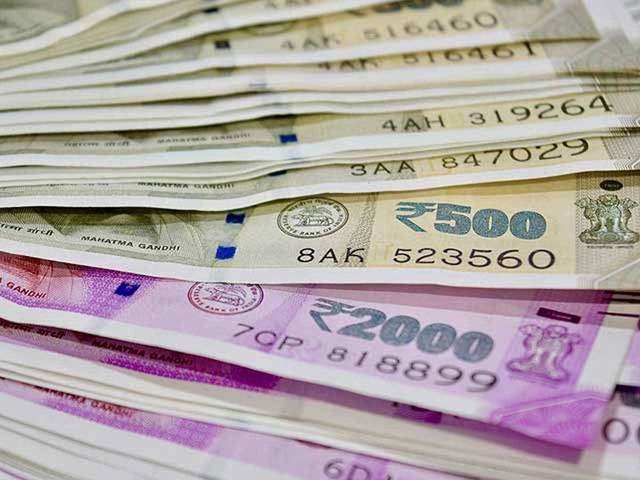Microfinance lenders aim at repayment collection, restoring credit cycle amid rising stress
Microfinance leaders fear extended moratorium may increase stress and derail their robust credit discipline.
by Atmadip Ray
Microfinance firms and small finance banks are desperately looking to boost repayment collection to revive cash flow and resume loan disbursement to restore normalcy in credit cycle even as the Reserve Bank of India extended moratorium on payment till August 31 for borrowers under stress.
The prime concern expressed by microfinance leaders now is that the extended moratorium might increase stress and derail the robust credit discipline that they nurtured over the years.
"It's a disaster," said a chief executive of an MFI. "Many of the borrowers may not able to service loans after the six month of repayment holiday."
Merely about 15% borrowers have shown willingness to start repayment till the third week of May, people familiar with the matter said. Repayment rates were down to 12% till the end of April, according to Sa-Dhan, an industry body.
"Since rural economic activities are up and running since May 4, we would give moratorium only to those who are facing difficulties in repayment. We will start disbursement and collections from June 1," said Udaya Kumar Hebbar, managing director at CreditAccess Grameen, India's largest MFI by loan outstanding.
CreditAceess had offered moratorium to all its borrowers till May 31.
Even for other non-bank lenders such as vehicle financiers, collection efficiency would still be sub-par, and hence, asset-liability management remains an important issue beyond August, Motilal Oswal Financial Services said in a note.
Lenders across the spectrum are now trying to discourage customers to take moratorium.
"Moratorium comes at a cost, so we would be fully transparent with our clients helping them take the optimal decision. The industry is also keen to provide credit to our regular repayment customers to rebuild their livelihoods," said Manoj Nambiar, chairman at Microfinance Institutions Network, a self-regulator for NBFC-MFIs.
A back of the envelope calculation shows that if Rs 10,000 was the loan outstanding at the end of February, an additional interest of about Rs 900 would be accrued by August 31 when the moratorium ends (if interest rate is 22% and if a borrower takes moratorium for five months).
About 48% of the bottom of the pyramid borrowers have reported total loss of income while 84% said they would not be able to make repayment in the next few months, according to a survey done by Sa-Dhan.
It said 54% of clients have benefited from various financial and economic packages of the government, with the number of clients in urban areas benefiting from such initiatives remaining below 30%.
"We will start regular loan disbursement to our existing customers and resume repayment collection from those who are willing. We will extend moratorium to those who are willing to get it," said K Paul Thomas, managing director of Kerala-based ESAF Small Finance Bank.
"Sustenance of the industry depends on how efficiently funds flow in the days to come," said P Satish, executive director of Sa-Dhan. "While the present situation has created a high liquidity stress, the industry has always bounced back on the face of adversity. Adaptation and investment on technology will play a pivotal role for the industry in the new normal scenario,” he said.